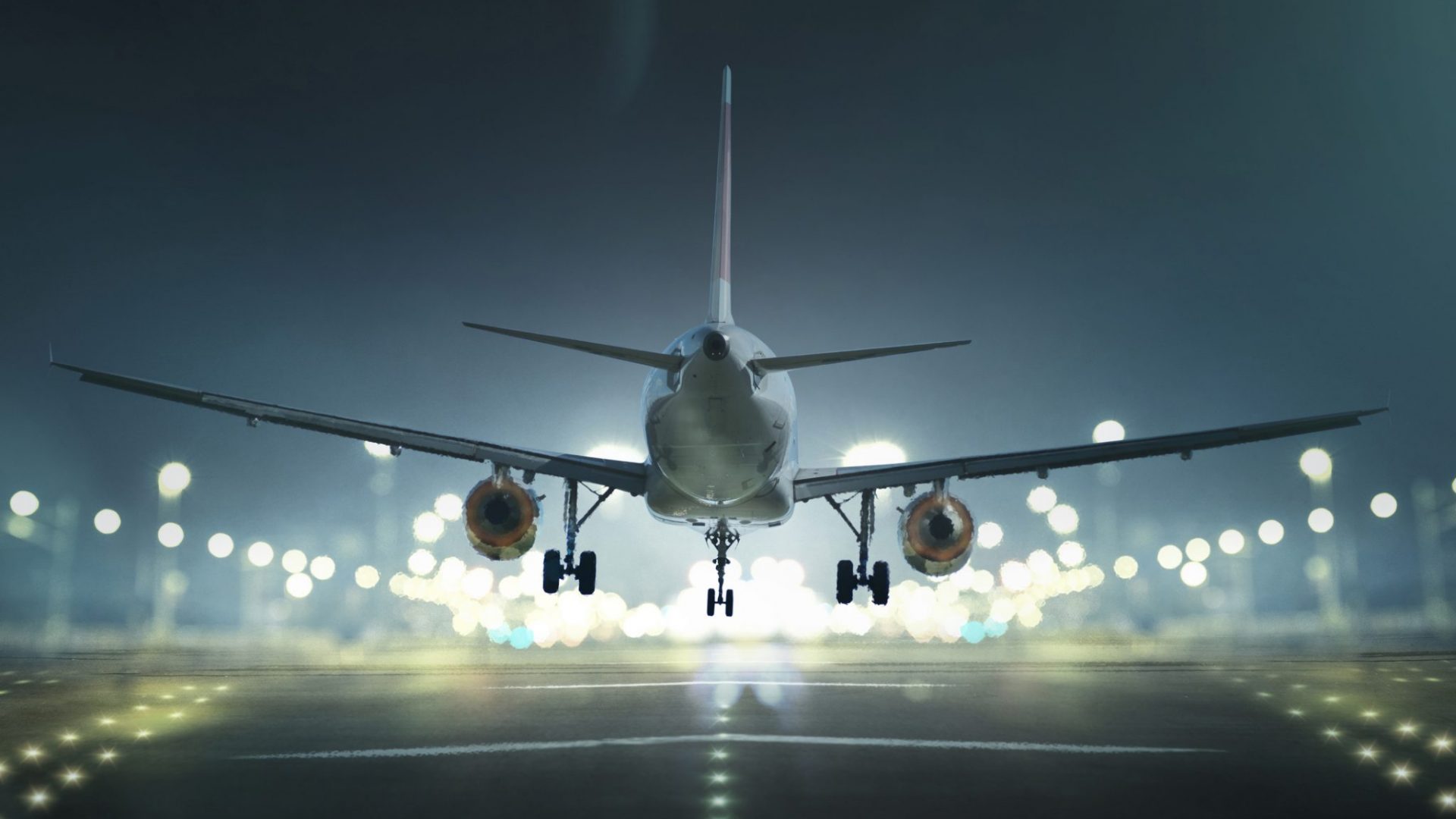
As our international reputation has grown, our staff and students are traveling overseas more and more for joint projects and exchange programs. In 2019, our community took more than 20,000 flights, which corresponds to approximately 1,400 trips around the Earth.
Air travel is responsible for nearly all of our travel-related emissions (96% of these emissions come from air travel, 2.5% from car travel and 1.5% from train travel). Based on 2019 estimates, travel-related emissions account for 35% of our carbon footprint, making travel our main source of emissions, just ahead of energy use at 34%.
New travel guidelines
In 2018, we carried out a pilot project with the School of Life Sciences, called Travel Less Without Loss. This project aimed to identify ways we can reduce our travel-related carbon emissions. Feedback from the pilot project showed that our community members are willing to adopt measures to reduce their travel.
Following this pilot project, and to help meet the Swiss federal government’s climate targets, we have introduced a new travel policy for business and student trips. This policy should cut the environmental impact of business and student travel by 20% (factoring in the uncertainty about how individuals will change their travel habits in the post-Covid era).
Train vs. plane
Our goal is not to ban all travel, but rather to reduce the number of trips we take and the environmental impact of those trips. One way of doing this is to travel by train rather than plane for short journeys.
The methodology for calculating these emission is as follows: VDR + RFI 2.7
87% of our air travel-related carbon emissions come from business trips and 13% from student trips. According to a 2021 Atmosfair report, 34.3% of the flights taken by EPFL staff and students are long-haul flights, which alone account for 79.2% of our air travel-related emissions.
Choosing to fly in business or first class rather than economy also makes a difference. Only 7.5% of EPFL trips are made in business class and 0.2% in first class; however these flights account for 21.4% of our air travel-related emissions.
We’ve started a drive to set up state-of-the-art videoconferencing rooms across our campuses, and as a first step, we’ve inventoried all our existing equipment. This helped us to identify the additional equipment, rooms and support staff we need. It also highlighted the limitations of the technology already in place.
Our goal is to upgrade our videoconferencing facilities in order to reduce the need to travel to meetings that could be held via videoconference.
As an example:
- 1 hour of EPFL videoconference → 1.5 kg CO2-eq (between 1 and 3 depending on various factors)
- Lausanne – Paris a/r (TGV) → 46 kg CO2-eq
- Lausanne – Paris a/r (plane) → 270 kg CO2-eq
In 2020, 468,535 zoom meetings took place at EPFL.
The Swiss federal government has set the ambitious target (in French only) of reducing travel-related carbon emissions by 30% (from 2019 levels) by 2030.
Every year, we calculate our air travel-related emissions using data from our central travel agency. See our 2021 annual travel report (PDF, 1.8 MB).
We work with Atmosfair, a German organization specialized in the calculation of air travel-related carbon emissions, to calculate these emissions for our School.
Our analyses (PDF, 1.9 MB) show that our more senior staff members tend to generate more carbon emissions, and that with simple measures, we can cut our carbon footprint by 20–30%.
A study of EPFL researchers (PDF, 826 KB) shows that those who take more business trips are not necessarily cited more often by their peers.
We commissioned a survey (PDF, 356 KB) to better understand the travel habits of EPFL researchers.
In 2018, the School of Life Sciences and the EPFL Sustainability Unit carried out a pilot project to significantly reduce air travel at our School.
This pilot project led to a set of recommendations (PDF, 78 KB) on making EPFL-related travel more sustainable.
Learn about other universities’ plans to reduce air travel.